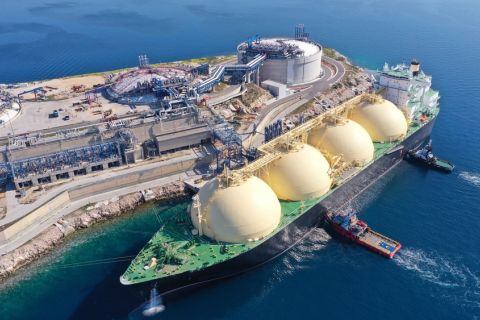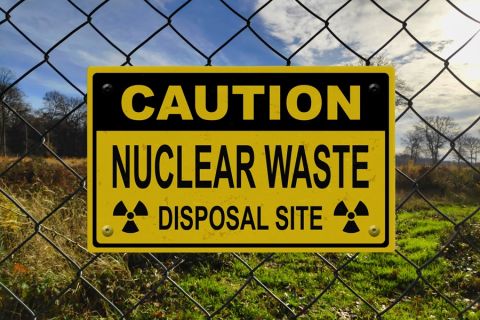What with collapsed oil and gas prices, a faltering economy and everyone with a case of the fantods, it is a real pleasure to get a piece of good news. And that is exactly what the U.S. Security and Exchange Commission's acceptance of a modernized set of rules governing oil and gas reserves reporting is. Announced on December 29, the move recognizes "the importance of new technologies in making accurate and reliable estimates of oil and natural gas reserves as the industry develops resources in harsher environments including ultra-deep water and the Arctic, as well as more unconventional resources," according to Leo Roodhart, 2009 president of the Society of Petroleum Engineers (SPE). The Petroleum Resources Management System (PRMS) was developed by SPE in collaboration with the World Petroleum Congress (WPC), the American Association of Petroleum Geologists (AAPG) and the Society of Petroleum Evaluation Engineers (SPEE). The PRMS was initially issued in 2007. It updated and combined SPE's previous reserves and resources definitions and the associated glossary into a single document. To address the uncertainties of estimating a volume that cannot be seen or physically measured, the "PRMS incorporates a central framework that categorizes reserves and resources according to the level of uncertainty associated with their recoverable volumes" on a horizontal axis and "classifies them according to the potential for reaching commercial producting status" on a vertical axis. The horizontal axis divides reserves into the familiar proved, probable and possible classifications. The vertical axix categorizes reserves (actually resources, with reserves as a subset of resources) as production, reserves, contingent resources and prospective resources. According to SPE, "in order for volumes to move from one category to the next, the technical issues which cause them to be placed into less certain categories must be resolved. To view the full PRMS visit http://www.spe.org/spe-app/industry/reserves/index.htm
Recommended Reading
CEO: Linde Not Affected by Latest US Green Subsidies Package Updates
2024-02-07 - Linde CEO Sanjiv Lamba on Feb. 6 said recent updates to U.S. Inflation Reduction Act subsidies for clean energy projects will not affect the company's current projects in the United States.
Global Energy Watch: Corpus Christi Earns Designation as America's Top Energy Port
2024-02-06 - The Port of Corpus Christi began operations in 1926. Strategically located near major Texas oil and gas production, the port is now the U.S.’ largest energy export gateway, with the Permian Basin in particular a key beneficiary.
The Problem with the Pause: US LNG Trade Gets Political
2024-02-13 - Industry leaders worry that the DOE’s suspension of approvals for LNG projects will persuade global customers to seek other suppliers, wreaking havoc on energy security.
BWX Technologies Awarded $45B Contract to Manage Radioactive Cleanup
2024-03-05 - The U.S. Department of Energy’s Office of Environmental Management awarded nuclear technologies company BWX Technologies Inc. a contract worth up to $45 billion for environmental management at the Hanford Site.
Belcher: Our Leaders Should Embrace, Not Vilify, Certified Natural Gas
2024-03-18 - Recognition gained through gas certification verified by third-party auditors has led natural gas producers and midstream companies to voluntarily comply and often exceed compliance with regulatory requirements, including the EPA methane rule.




